Information Update
Microsoft
®
Updates
The following issues are documented on the Microsoft Help and Support website
at support.microsoft.com:
• Systems running Microsoft
®
Windows Server
®
2003 or Windows Server 2008
cannot be set into hibernation mode if they have more than 4 GB of memory
installed. For more information, see the knowledge base article at
support.microsoft.com/kb/888575.
• Systems running Windows Server 2008 do not support iSCSI boot when they
have an SD card installed in the internal SD module. In addition, iSCSI boot
does not work when an external USB storage device is plugged into the system.
This is a known issue by Microsoft. For more information, see the knowledge
base article at
support.microsoft.com/kb/968410.
Flash Memory
The VFlash media provided by Dell is not partitioned to support the iDRAC6
Enterprise virtual flash feature. When you use the virtual flash feature for the
first time, you are prompted to format the media using the iDRAC GUI.
Unified Server Configurator
Red Hat
®
Enterprise Linux
®
5.3 does not work with the Unified Server
Configurator operating system deployment.
MAC Address Label
For security reasons, the embedded NIC and iDRAC6 Enterprise MAC address
labels provided with your system cannot be affixed once they have been removed.
NOTE: On Dell PowerEdge R610 and PowerEdge R710 systems, the labels are located
on the information panel on the front of the system. On the PowerEdge T610 system,
the labels are located on the front of the system.
March 2009






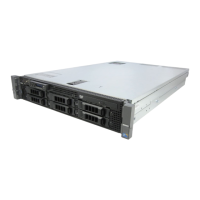
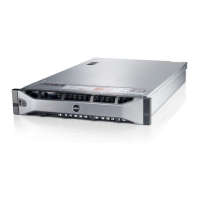
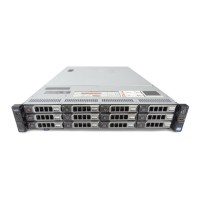
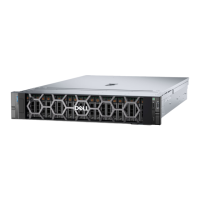

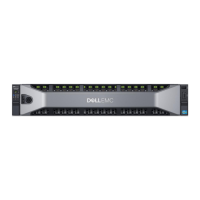

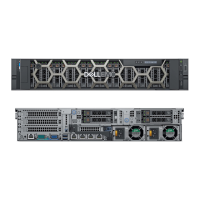
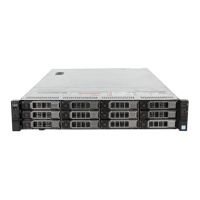
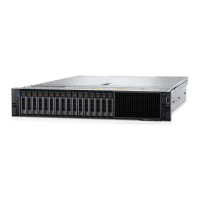


